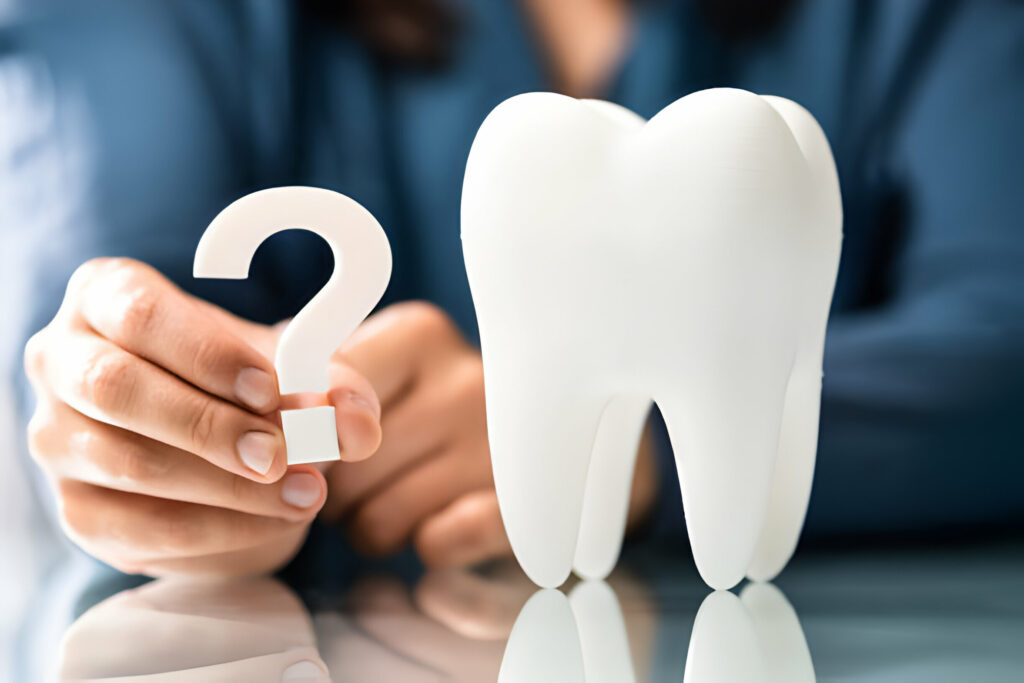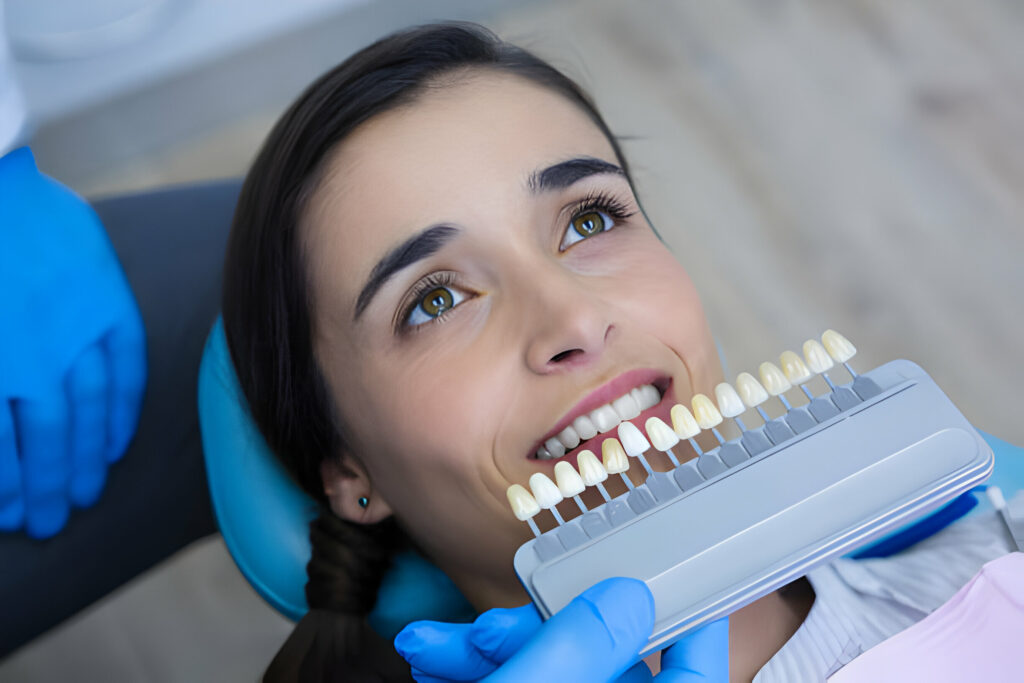Myths vs. Facts: Debunking Common Dental Misconceptions

There are many myths and misconceptions surrounding oral health and dental care that can lead to confusion and misinformation. In this article, we’ll debunk some of the most common dental myths and provide evidence-based facts to clear up misunderstandings about topics like fluoride, whitening treatments, and the safety of dental X-rays.
Myth: Fluoride is Harmful to Your Health

Fact: Fluoride is Safe and Effective for Dental Health
There is a widespread misconception that fluoride is harmful to your health, but numerous scientific studies have shown that fluoride is safe and effective for preventing tooth decay. Fluoride helps strengthen tooth enamel, making it more resistant to acid attacks from plaque bacteria. It also promotes remineralization, repairing early stages of tooth decay. The American Dental Association (ADA) and the World Health Organization (WHO) both endorse the use of fluoride in dental care products, such as toothpaste and mouthwash, as a key measure for preventing cavities.
Myth: Whitening Treatments Damage Your Teeth

Fact: Professional Whitening Treatments are Safe and Effective
Some people believe that whitening treatments can damage tooth enamel or cause sensitivity, but when performed by a dental professional, whitening treatments are safe and effective. Professional whitening treatments use high-quality whitening agents that are carefully applied to the teeth to remove surface stains and lighten the shade of the teeth. These treatments are monitored by trained professionals to ensure they are done correctly and safely. However, over-the-counter whitening products or DIY whitening methods may carry more risks and should be used with caution.
Myth: Dental X-Rays are Harmful and Should be Avoided

Fact: Dental X-Rays are Safe and Essential for Diagnosis
There is a misconception that dental X-rays are harmful and should be avoided, but the reality is that dental X-rays are safe when used properly and are essential for diagnosing and monitoring dental conditions. Dental X-rays use very low levels of radiation, and modern technology has significantly reduced radiation exposure compared to older X-ray machines. Dentists use X-rays to detect cavities, assess the health of the jawbone, and identify other dental issues that may not be visible during a visual examination alone. The benefits of diagnostic information obtained from dental X-rays far outweigh the minimal risks associated with radiation exposure.
Conclusion
It’s essential to separate fact from fiction when it comes to oral health and dental care. By debunking common dental myths and providing evidence-based facts, we can empower individuals to make informed decisions about their oral health. Fluoride is safe and effective for preventing tooth decay, professional whitening treatments are safe when performed by a dental professional, and dental X-rays are essential for diagnosing and monitoring dental conditions. By understanding the truth behind these common misconceptions, we can promote better oral health practices and ensure that everyone receives the care they need to maintain a healthy smile.